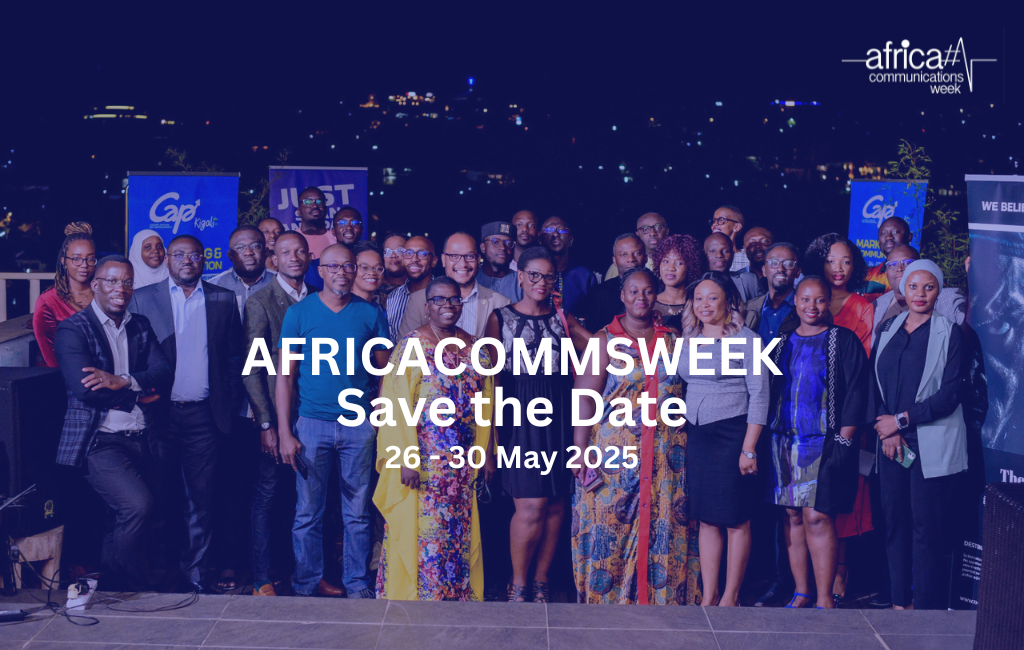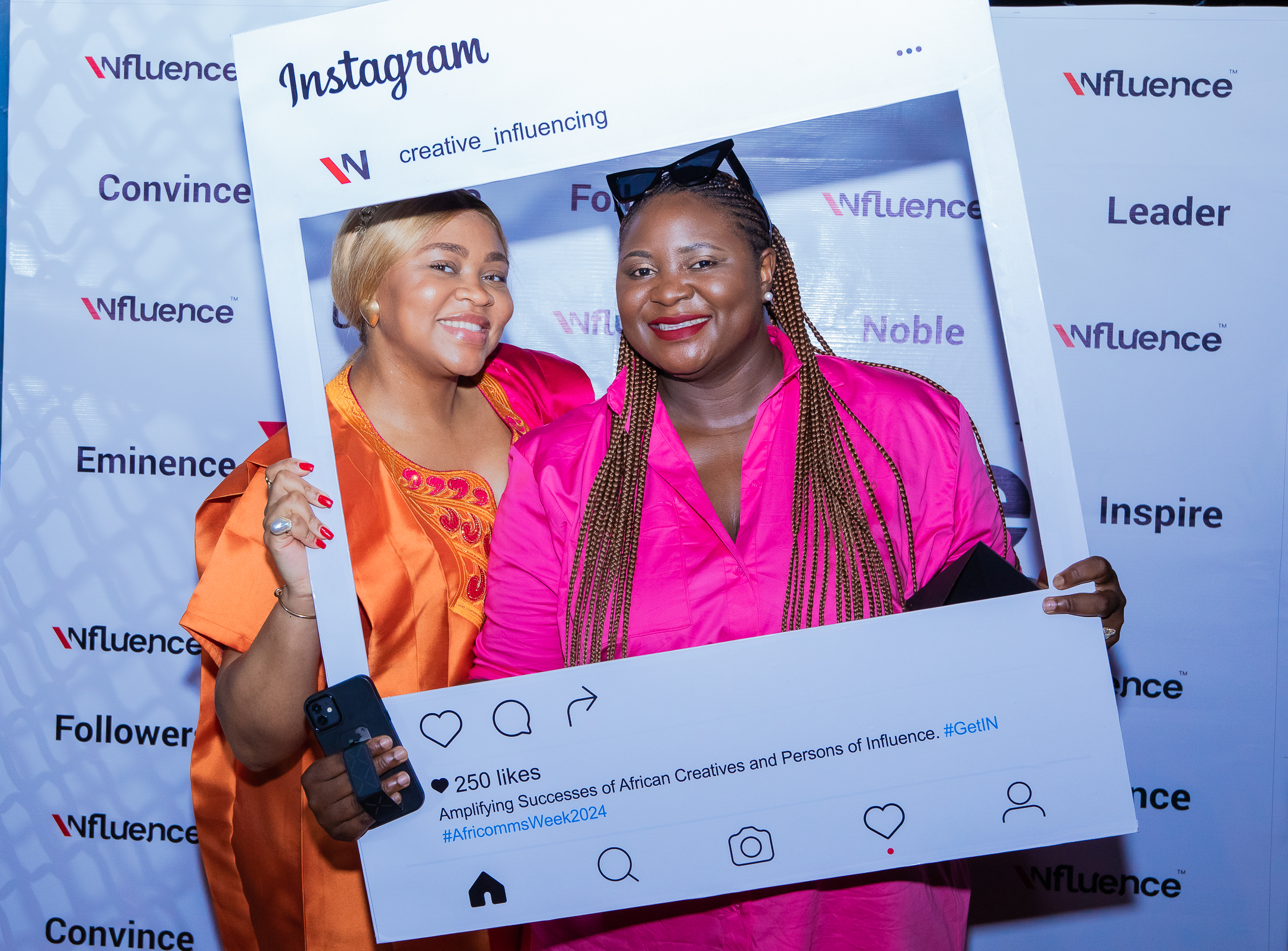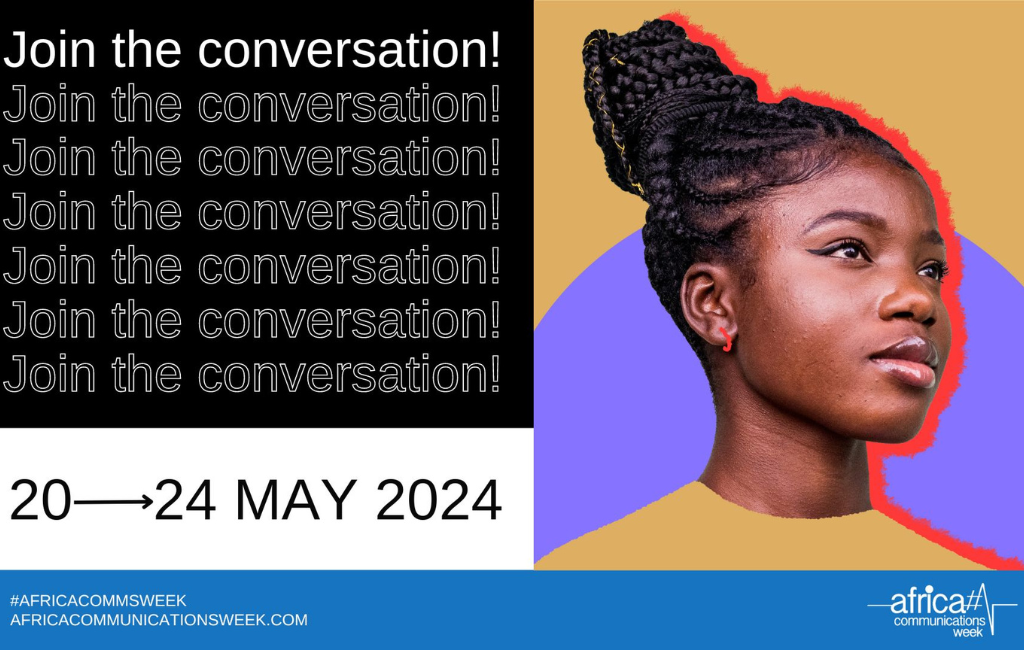Communications as a Strategic Management Function
By Martin Namasaka
It’s simple: strategic communication is at the centre of everything. You can’t execute a strategy if you can’t communicate about it. Even so, communications in international development is not a strategic management function. Instead, its position in relation to strategic planning is mostly an afterthought, a cost rather than an investment. I challenge this misconception and offer a fresh way to look at communications as an essential part of strategic management.
1. Strategic communications don’t just happen
Strategic communications happen because goals are set, success metrics determined, target audiences identified, messages developed, and appropriate communication channels used to send a consistent message. After-action reviews are also essential, to know what was supposed to happen, what did happen and, if there was a difference, what was it? Crucially, why? Finally, what can we learn from it for next time?
The truth is that strategic communications are no longer simply “nice to do.” They are a “must do”. Infact international development organisations are waking up to the fact that well-executed strategic communications can turbocharge their funding, highlight their impact and lead them towards their objectives.
However, to achieve these objectives, communications must be a strategic part of the process – a proactive function – rather than a reactive support function. Reactive communications are used in a project-by-project atomised way, focusing merely on press releases, graphic design, media, speech writing etc. Unfortunately, this ‘bolt on’ approach makes little difference to overall organisational performance.
2. The secret to achieving organisational strategies? Know your stakeholders!
Whether internal or external, stakeholders have the power and influence to make or break interventions. And, what better way to understand and engage with them, than through strategic communications?
Strategic communications are key in identifying and segmenting target audiences, tailoring messages to each of them and recognising the best communication vehicles, channels and products to use.
Knowing who your stakeholders are allows for clear communications during periodic updates or project progress; where they fit into the development and deployment phases of projects is vital to understanding and addressing their expectations. Stakeholders mapping diagram above suggests using ambassadors, monitoring friends (in case their power and influence increase), ignoring observers and prioritising convincing enablers.
Engaging stakeholders successfully demands ‘communicating from the ground floor’ and keeping stakeholders informed about project delivery. A ‘submarine approach’ (when you are submerged in project delivery and only occasionally coming up for air) can often have the opposite effect. Sudden appearances can put off stakeholders. Strategic communication is vital in managing stakeholder relations so that they feel comfortable.
3. Where do strategic communications belong in your organisation?
Every organisation’s communications operation requires different skills – from outreach, content and development, to technology and design.
Communications specialists with good outreach skills often have considerable experience in media relations or marketing. Those with print and broadcast experience are usually good at content development. While those with design skills may have at some point worked as graphic designers. Other communications specialists, often more recent entrants to the job market, usually have good digital technology skills and might be good at digital communications.
But realistically, it’s almost impossible to find a communications professional who excels at more than one and a half of these disciplines. Yet many development programmes rely on just one in-house communications executive.
4. So what do we do?
Development programmes need to view communications as an investment, rather than a cost. They should allocate sufficient budget to their strategic communications function to allow commissioning of skills which are not available inhouse.
To this end, strategies, plans, visions, missions, policies and performance indicators all have their role to play. They are the foundation on which the effective development interventions are built. But, so that they have a clear understanding of the value and benefit of an intervention, it is essential to keep stakeholders informed.
As stated earlier, strategic communication should no longer be viewed as a ‘bolt-on’ to international development work. Instead, it should be seen as critical to the delivery of aid, embraced by technical leads and managers to deepen, lengthen, accelerate and demonstrate the impact of their work. Development programmes will achieve more if technical leads, managers and communication experts utilise the ‘orchestra approach’ – one that encourages collective communication on a two-way street.
Overall, the importance of correct messaging and strategic communications cannot be underestimated. In changing environments, people have questions. Their level of understanding, trust and action will vary based on how many versions of the message they hear from different sources. If you fail to plan (your strategic communications), you are planning to fail!
About Martin Namasaka
Martin Namasaka is a seasoned International Development Specialist with considerable years of experience working with a wide range of organizations drawn from diverse countries in Africa (Kenya, Zambia, Ethiopia, Malawi, Uganda, Rwanda).
He holds a Master’s degree from the London School of Economics and Political Science (LSE) where he was a Programme for African Leadership (PfAL) scholar. He has in-depth knowledge of (current) African development approaches, and ample experience with large complex donor funded programs. During his studies at the LSE, he participated in the 2015 BBC Africa Debate on, “Has Africa Outgrown Development Aid?”





0 Comments